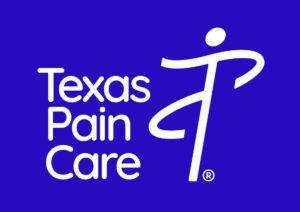
If you’re experiencing chronic low back pain and/or neck pain, and haven’t been able to find long-term relief with other treatment methods, Medial Branch Radiofrequency Ablation could be the solution you need.

Complex Regional Pain Syndrome, as the name might suggest, is a pain syndrome that can affect a region of the body and is both difficult to diagnose and treat. Patients who experience this syndrome report feeling extreme pain sensations, most common in their lower extremities, as well as changes to the skin itself. To make matters worse, the exact cause of why the symptoms occur is not always clear. The best way to treat and manage this syndrome is to seek help from a medical professional. The Texas Pain Care team in the Sugar Land, and Houston areas can expertly diagnose complex regional pain syndrome (CRPS) and utilize the best treatment solutions for pain relief.
Complex regional pain syndrome (CRPS) is a life-altering condition that causes pain, changes in skin appearance and texture, and other symptoms. Symptoms are usually felt in the lower extremities, including the arms and legs, but most often are experienced in the hands. Although the exact cause of why complex regional pain syndrome happens isn’t clear, it is widely accepted as a chronic pain and sensory condition that occurs as a result of a dysfunction in the peripheral or central nervous systems. The peripheral nervous system shares information from the brain and spinal cord to the organs, arms, legs, fingers and toes. The nervous system connects the brain and the spinal cord. Together, these nerves are responsible for function, movement, feeling, etc.
What is believed to cause complex regional pain syndrome is trauma that ends up affecting the nerves (for instance, a bone fracture that damages the surrounding nerves), immune system issues (including autoimmune diseases), poor nerve health (common in people who are diabetic or experience peripheral neuropathy), genetics, or can even happen without a known cause. The abnormal functioning of the nerves results in incorrect signaling to the brain and an overreaction of pain signals that the brain can’t stop. CRPS is reported to be one of the worst chronic pain conditions and can greatly impact the function of the affected limb, sleep, daily activities and mental health.
CRPS is also known as post-traumatic dystrophy, causalgia, reflex neurovascular dystrophy, Sudeck’s atrophy, reflex sympathetic dystrophy (RDS), and shoulder-hand syndrome. There are two subtypes of CRPS: Type 1 occurs without nerve damage, and Type 2 happens after known nerve damage. Overall, complex regional pain syndrome is a relatively rare syndrome and generally affects people around 40 years of age, and mostly females.
The severity and duration of CRPS varies from person to person, and can develop weeks after a known injury, or for no known cause at all. The main symptom widely experienced is pain, which could be a burning or stinging sensation that is felt deep inside the affected limb. Other symptoms can include:
Two distinguishing symptoms of complex regional pain syndrome are allodynia and hyperalgesia. Allodynia is when a person feels pain from something that would not otherwise cause pain, such as a touch as light as a feather but feels like a boulder. Hyperalgesia happens when something that would normally cause pain causes an extraordinary amount of pain, making a papercut feel like a serious wound. Both symptoms are caused by possible tissue injury and inflammation that cause the central nervous system and the peripheral nervous to create abnormal nerve responses instead of normal, healthy responses.
There is some basis that emotional distress can increase the symptoms of CRPS. Over time, if the condition and subsequent symptoms are not treated, patients could experience irreversible damage and have to live a life of excruciating pain.
You can also send us a message

As complex regional pain syndrome is a difficult condition to treat, it’s important to partner with a trained pain management specialist who can properly diagnose the syndrome, as well as rule out any other causes. It is a rare condition and possibly incurable, so starting the correct treatment as quickly as possible is imperative for experiencing the best outcome. Your provider will perform a physical exam, review your medical and family history, as well as utilize X-rays/MRI/CT scan to get a better picture of any fractures or soft tissue damage.
The most common treatment options include:
Physical therapy: this helps to improve limb function and mobility, as well as hopefully prevent any additional limitations.
Biofeedback: learning how to recognize and manage the body’s pain symptoms has proven helpful for providing relief.
Support groups: sharing the pain and lifestyle changes with others who are in the same situation can allow for support and both alleviating some of the anxiety and depression that comes with a debilitating painful condition.
Complementary medicine: acupuncture and therapeutic massage help to provide stress relief and relaxation.
Medications: antidepressants, NSAIDs, anti-seizure drugs, and creams/patches can help to relieve pain and manage symptoms.
Sympathetic nerve blocks: targeting the nerves that are sending pain sensations to the brain and blocking those sensations from being sent has proven helpful in providing immediate relief. Certain blocks include stellate ganglion block and brachial plexus nerve block for upper extremity pain, and lumbar sympathetic nerve blocks for lower extremity pain.
Infusion techniques: inserting a small catheter into the epidural space through which local anesthetics and other medications (if needed) can be administered helps to provide dramatic and long-lasting relief.
Electrical simulation: both spinal cord stimulations (SCS) and peripheral nerve stimulation uses a mild electrical current to effectively replace the pain sensations with a buzzing or tingling sensation allows for pain relief and a reduced need for pain medications.
If you believe you are suffering with the painful symptoms of complex regional pain syndrome and would like to get your life back, please schedule an appointment with the Texas Pain Care team in the Sugar Land, Missouri City and Houston areas today. Not only does early diagnosis and treatment allow for better symptom relief, our team can help to provide you with as much pain relief as possible with a goal to reduce the progression of the symptoms and help to increase your mobility, flexibility and overall life ability.

If you’re experiencing chronic low back pain and/or neck pain, and haven’t been able to find long-term relief with other treatment methods, Medial Branch Radiofrequency Ablation could be the solution you need.

If you suffer from lumbar spinal stenosis (LSS) and find that you can’t stand or walk for long periods of time without experiencing severe pain, there’s a new treatment option that has provided patients with relief.

An epidural steroid injection is a popular treatment option for helping patients who suffer from chronic pain find the relief they need. The Texas Pain Care team is proud to specialize in Epidural Steroid Injection for Chronic Pain, offering a multi-faceted, minimally-invasive approach for short- and long-term pain management

Get out of pain
Get back to living
Treatments
Conditions
